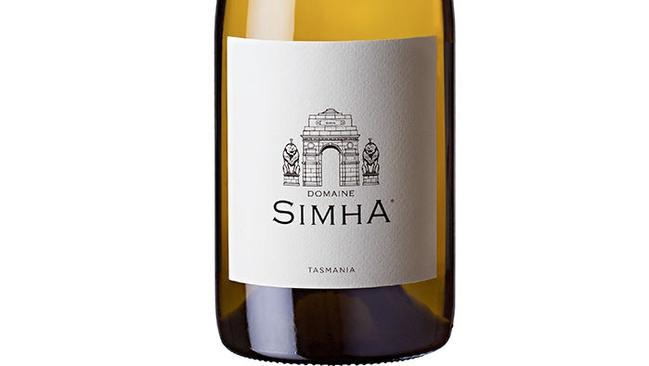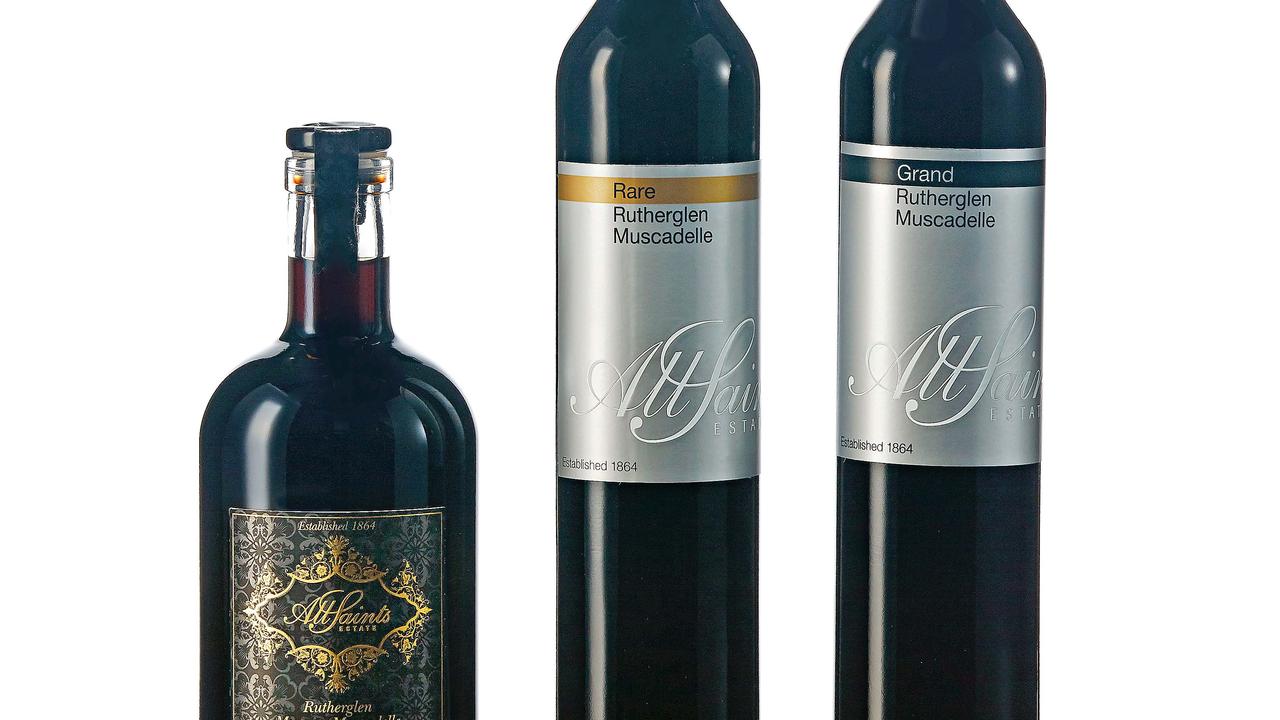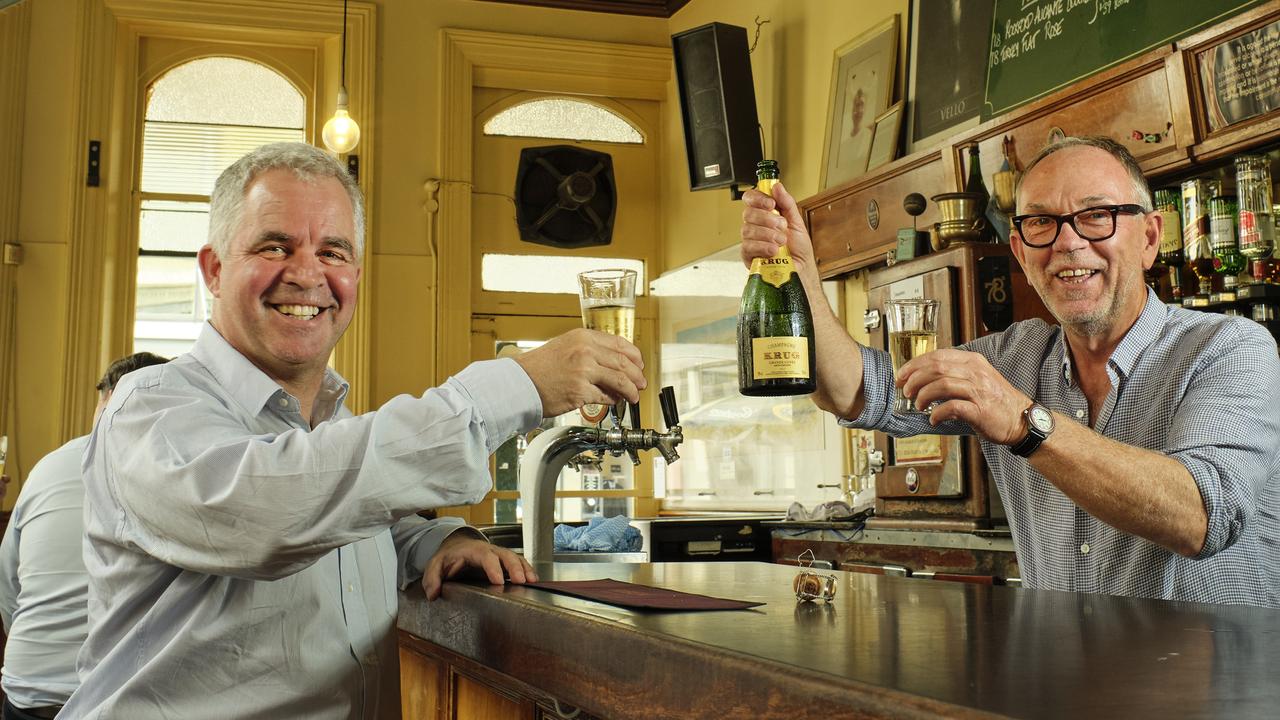Biodynamic winemaking: hidden depths in a mysterious alchemy
The three witches from Macbeth have nothing on biodynamic winemakers.

Deer bladders stuffed with blossom, cow horns filled with manure, chamomile in the intestines of cattle: those three witches from Macbeth have nothing on biodynamic winemakers.
Anyone interested in wine is familiar with biodynamic practice but the average consumer probably does not know what the term implies. Sommeliers throw around words such as natural, biodynamic and terroir, oblivious to the fact their audience may not have the foggiest notion of what they’re talking about.
Biodynamic? Sounds healthy and sustainable. A bottle of your finest, please!
There’s a little more to it than that and, after reading the following, your initial thought will probably be that biodynamic winemakers are growing something aside from grapes down in the bottom paddock.
The principles of biodynamic agriculture were based on the writings of Rudolf Steiner, a noted Austrian critic and philosopher who had esoteric leanings. Steiner died more than 90 years ago, but his proposed agricultural methods are still highly relevant today, not least in the wine industry.
The goal is the creation of an interwoven, harmoniously fertile site that becomes its own self-sustainable ecosystem.
Like organic farming, this is achieved through the exclusion of chemicals and the use of various composts.
But then things get a little mystical. Steiner’s compost preparations, of which there are seven, aim at promoting the health of the soil and include various herbs and flowers packed into animal parts that are then buried on the site, dug up at a certain time and used to fertilise.
Preparation 505, for instance, requires that the skull of a domestic animal be filled with oak chips, covered in peat and planted close to water. Preparation 502 requires the bladder of deer that contains yarrow blossom. It needs to be buried in the winter and taken out in the spring.
The influence of astrology and celestial bodies is also of paramount importance: a planting calendar is used that divides the year up into leaf, fruit, root and flower days that inform the times for planting, harvesting and vine-trimming.
Finally, the winemaker must consume a cup of virgin’s blood every Friday evening just before the ABC news starts. OK, I may have made up that last one.
Australia has been home to these practices since 1934, when a farmer named Ernesto Genoni, a member of the marvellously arcane Experimental Society Anthroposophical Farmers and Gardeners, established the first biodynamic farm in Dandenong.
There are dozens of internationally certified and uncertified Australian wineries operating using biodynamic methods, including Cullen Wines in Margaret River, Avani Syrah on the Mornington Peninsula and Sorrenberg in Beechworth.
Controversial? Very. But winemakers assert that biodynamic practices improve the vitality of their vineyards and the quality of their wine. For my part, I believe a system that nurtures the site and its fruit with such exacting standards can only be good. Taste the wine. Judge for yourself.
Querciabella Chianti Classico 2014, Italy ($48)
Querciabella is a certified biodynamic producer in Greve in Chianti. The wine is fragrant and lifted, full of sweet red fruit (cherries, dried currants) with a ghost of purple flowers. The classic sangiovese earthiness is present in the palate but gives way to the concentration of fruit. A fine, easygoing chianti for everyday drinking.
Nittnaus Kalk und Schiefer Blaufrankisch 2014 Burgenland, Austria ($45)
Anita and Hans Nittnaus work a biodynamically vineyard with their son Martin to produce a wine expressive of place; in this case the shores of the Neusiedlersee lake in Burgenland, where the soils are composed of limestone and slate (kalk and schiefer). This soil gives the darling grape of Austria a mineral edge that props up some pretty seductive dark fruit. Persistent silky tannin and a subtle savory quality round out the palate.
Domaine Simha Rao Chardonnay 2014, Derwent Valley, Tasmania ($95)
Winemaker Nav Singh harvests according to the moon’s cycle to create this truly special Tassie chardonnay. Just ripening nectarine on the nose coupled with multigrain toast, almonds and a hint of flint. A soothing fleshiness of fruit flows, consecutively stimulating different parts of the palate while a warm biscuit quality rises from the back of the mouth into the olfactory system. Grapefruit minerals stain the palate, leaving a lasting impression. Unfined and unfiltered.


